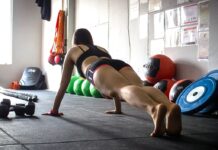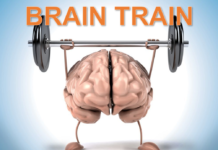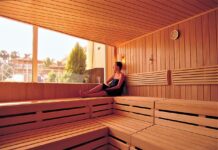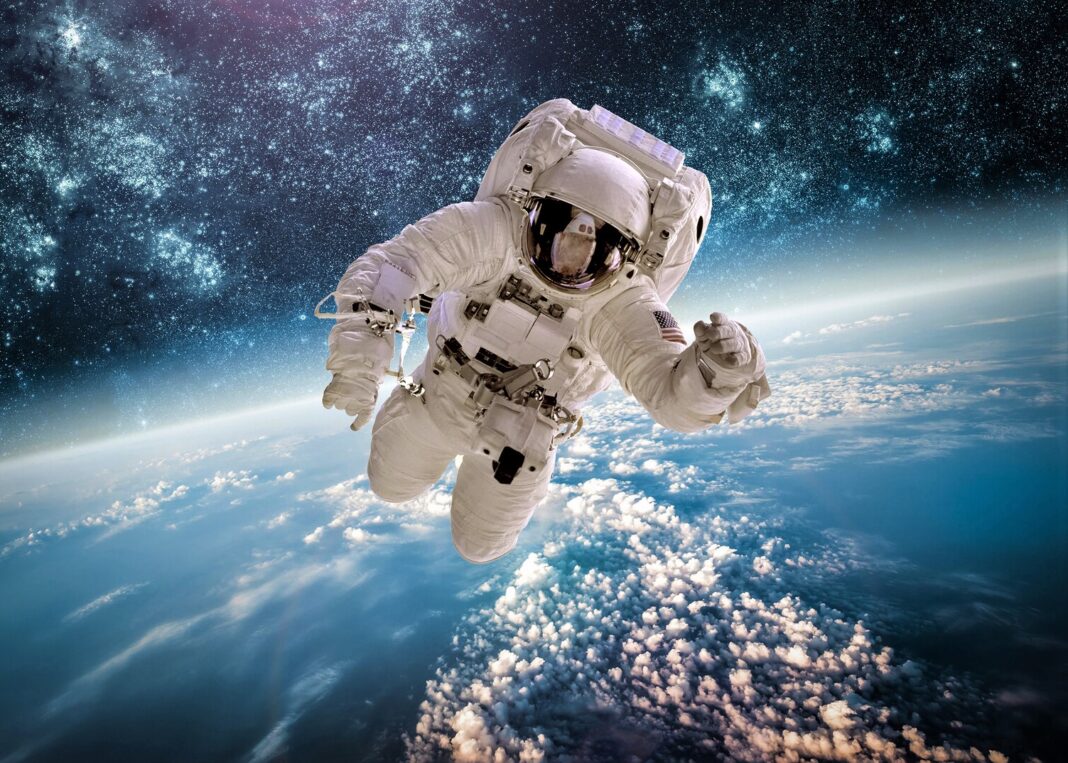How do how do astronauts exercise in space? Can you weightlift in a weightless environment? These are important question for astronauts on the International Space Station because the average ISS stay is six months, and in zero gravity it’s easy to move about and move things, so muscles do much less work than they do back on Earth. Without resistance exercise, muscles deteriorate and bones lose density. But a barbell or dumbbell is going to float just like the astronauts do. And even a weight stack on a machine will lack the Earth’s gravitational pull. The solution to weight-training in space is a very unique machine.
WEIGHTLIFTING IN SPACE
The Advanced Resistance Exercise Device (ARED) was installed on the International Space Station in January 2009, replacing the inefficient Interim Resistance Exercise Device (IRED). With the ARED, resistance is generated by two piston cylinder assemblies with an adjustable load that can provide up to 600 pounds (272 kg.) of resistance with the bar (double the resistance of the IRED) and up to 150 pounds (68 kg.) with the cable attachment. A flywheel mimics the force of free weights on cable exercises.
To maintain muscle mass and bone density, astronauts on the ISS from various countries are encouraged to train two hours daily: weights and cardio. With the ARED, they can perform 29 different weight-training exercises, hitting every bodypart. Exercises include deadlifts, squats, bench presses, calf raises, crunches, military presses, upright rows, biceps curls, and triceps extensions.
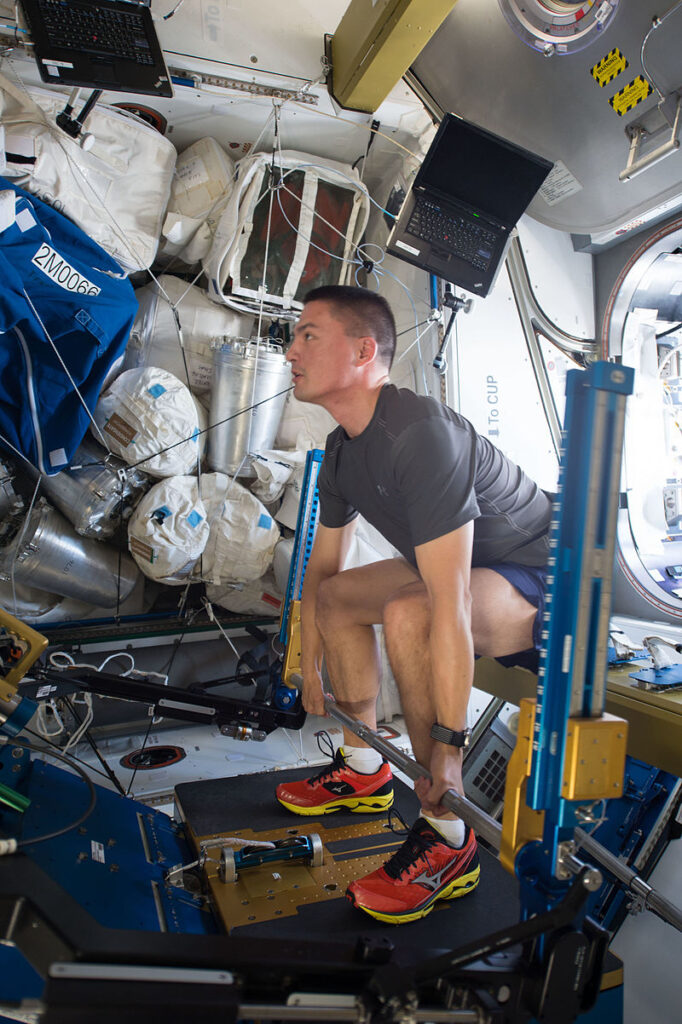
Space station astronauts strap themselves down to the removable bench for lying and seated exercises, but during standing exercises, like deadlifts and squats, hands on the bar and feet on the footpad keep them secure. And as for the ARED, it’s attached to the space station with a system of springs, dampers, and shock absorbers to limit forces transmitted to the ISS by an exercising astronaut. So, 600-pound deads aren’t going to rock the space station. NASA astronaut Doug Wheelock says of the ARED: “We can adjust the loading here by this cranking lever, and then we can go from zero to 600 pounds, so it’s plenty [of resistance] to reach any bit of loading that you can even imagine on this bar and the cable as well.”
Wheelock demonstrated the ARED with squats and bench presses in this NASA video:
“When we think about the space environment, you have to reset the baseline,” Scott Trappe, director of Ball State University’s Human Performance Laboratory told Wired magazine. “On Earth, it’s hypertrophy: ‘How big can I get my muscles?’ In space, it’s ‘How can I protect what I have?'” Floating around in near-zero gravity is the equivalent of lying in a bed for months when sick. Muscles atrophy from non-use when they’re not even doing the little, repetitive things like keeping us upright or propelling us forward when walking. By working all bodyparts and allowing astronauts to go heavy on standing, compound exercises—squats and deadlifts—the ARED is the pro-gravity solution to anti-gravity.
WORKOUT MONITOR
A major feature of ARED is the monitoring and prescriptive advice system, which is like a computerized sports scientist. NASA says:
“This system includes triaxial force sensors located in the exercise platform that are able to record force in three dimensions. In addition, load sensors in the main lift arm and the arm base assembly measure unidirectional forces. The arm base assembly also has rotational sensors that record the range of motion of the arm.”
During the workout, this data is transmitted to the Mission Control Center at Johnson Space Center (Houston) and the exerciser’s history, progress, and prescription for workout progress is transmitted back to the ARED tablet PC, recommending which exercises, resistance, and rep targets will garner the best results.
As is often is the case, space exploration is leading technological advances. In this case, we may be getting a glimpse of future, long-range, space travel when astronauts can stay fit for years without gravity. But we’re also seeing the not-to-distant future of workout monitors and virtual sport scientists, maybe coming to your gym, right here on Earth.
RUNNING IN SPACE
There are is an exercise bike (which looks more like a box with pedals) and two treadmills on the ISS. A vest keeps the astronaut attached to either the bike or the treadmill. The newest treadmill is the COLBERT (named for Stephen Colbert, after receiving the most online votes in a poll). It can operate without power, and, like the ARED, it collects data so NASA scientists can monitor fitness and prescribe workout goals.
EXERCISE IN SPACE: FAQS
Can you lift weights in space?
Yes. See above.
Can you build muscle in space?
Theoretically, yes. But astronauts aren’t trying to build muscle. They’re trying to maintain body mass.
What kind of exercise do astronauts do?
They do both weight-training and cardio.
How many hours a day do astronauts exercise?
Typically, two hours, including weight-training and cardio.
Did Neil Armstrong exercise in space?
Reportedly, the three members of the first lunar mission—Armstrong, “Buzz” Aldren, Michael Collins—did some calisthenics and used a contraption called the Exer-Genie. But the entire mission took only eight days, so exercise was not nearly as important as it is for modern astronauts who spend months on the space station.
How do astronauts keep muscle in space?
Weight-training combined with adequate protein consumption and rest.




















